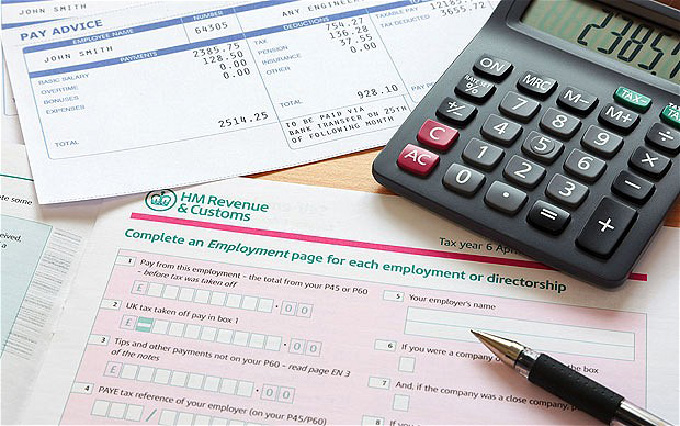
Your tax code is an important piece of information because it governs how much tax you will pay. The code is created and applied by HMRC but there is always the chance that something can go wrong. So how do you know if you are on the right tax code and what can you do if you think you aren’t?
How tax codes work
When you get a payslip from your employer, you will be able to see the tax code that HMRC has given you. This is the thing that determines how much PAYE (Pay As You Earn) tax you are being charged – this is taken directly from your pay each month before you receive it.
There are various tax codes and here are a few examples:
-
- L – basic personal allowance for someone born after 5th April 1948. The most common is 1185L which allows you to earn £11850 before you start paying tax
-
- 0T – this is where you don’t have a personal allowance because you don’t provide your employer with a P45 or information on your tax code.
-
- D1 – all pay from this source is taxed at the additional rate because you have used your allowance – this is often when you have two jobs and the allowance has been used on the income from the first one<
/ul>
-
- M – you get Marriage Allowance and receive 10% of your spouse or civil partners personal allowance
- W1 or M1 – these are emergency tax codes used either weekly or monthly depending on your pay frequency which indicates that your tax is being paid just on that pay packet’s amount, not cumulatively across the year
How to check your tax code
HMRC is responsible for assigning you a tax code and they tell your employer or pension provider, so they know how to collect tax for your income. It is normally shown on your payslip along with pay or pension information. It will also be on any paperwork you get from HMRC such as a P60 at the end of the tax year or a P45 if you change your job.
Tax codes are made up of a combination of letters and numbers. 1150, for instance, is in reference how much you can earn before you start paying tax and this tend to change regularly as the government alters this figure. Whatever this code it, times it by 10 to get your tax free allowance – £11,500 in this case.
This code also provides information for employers about the type of allowances you receive or at what rate your tax should be charged.
What if you think your tax code is wrong?
If you think there is something wrong with your tax code, you should get in touch with HMRC. You can phone them, and they will be able to go through your information and tell you what your code should be.
It is important to note that the onus is on you to make sure your code is right. So if you think it is wrong, and you are paying less tax than you should, this might seem good. But if HMRC finds out (and there’s a good chance they will) you will have to pay back that extra money.
On the turn side, if you have been paying too much tax, then you might be entitled to a tax refund. If this is the case, they will normally send you a cheque for any overpayment you have made. If you are unsure if it is right, there are online income tax calculators where you can put in your details and it tells you what your code should be based on how much you should be paying.
Why tax codes change
There are a few reasons why HMRC might change your tax code and it is still correct. Example include:
You change your job without a P45 will trigger an emergency tax code until you get the information they need to use your correct one
If you start getting extra income from a second job or pension and you have used up your personal allowance in the first one
You start or stop benefits that affect how much income you are getting
The personal allowance changes
But if you are uncertain why your tax code is changed, you can also ring HMRC and they can review it to ensure it is still correct and you are paying the right tax.
This guide has been put together by Phone Them.
